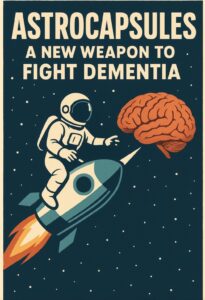
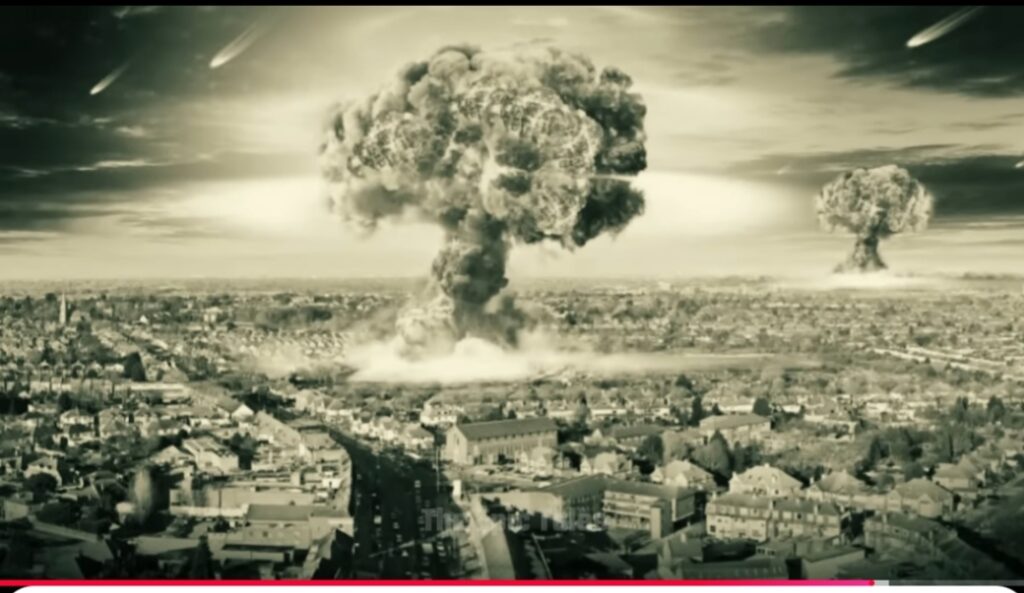
Eighty Years After Hiroshima and Nagasaki: A World Still Grappling with Nuclear Shadows
August 6 and 9, 2025, mark the 80th anniversary of the atomic bombings of Hiroshima and Nagasaki, a somber milestone that compels reflection on the catastrophic human, environmental, and geopolitical consequences of nuclear weapons. As the world faces renewed nuclear risks in a volatile global landscape, the lessons of 1945 remain urgent, demanding a recommitment to diplomacy, disarmament, and peace.
A Cataclysm That Changed History
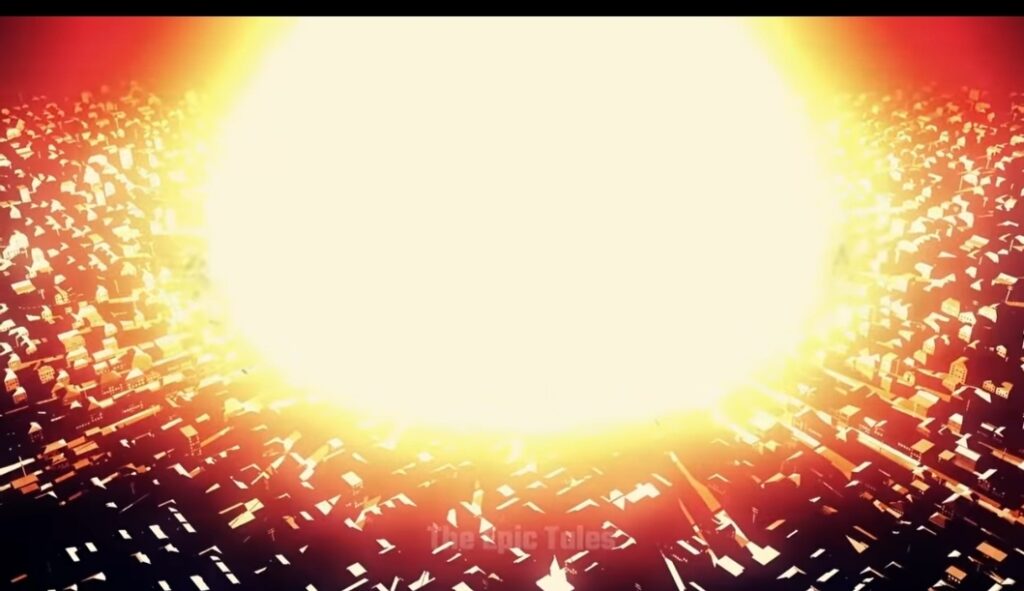
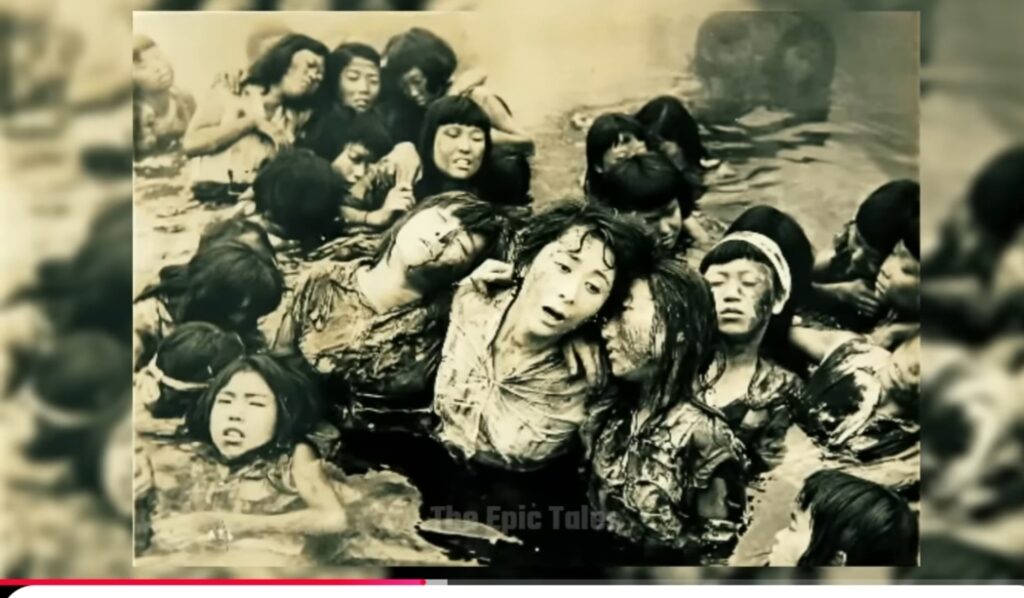
On August 6, 1945, the United States dropped “Little Boy,” a 15-kiloton atomic bomb, on Hiroshima, Japan, instantly killing an estimated 90,000 to 146,000 people and leveling 70% of the city’s infrastructure. Three days later, on August 9, “Fat Man,” a 21-kiloton bomb, devastated Nagasaki, claiming 39,000 to 80,000 lives. These remain the only instances of nuclear weapons used in warfare, leaving an indelible mark on humanity’s conscience. The bombings ended World War II but introduced a new era of existential dread, as the world grappled with the unprecedented destructive power of nuclear arms.
The scars of Hiroshima and Nagasaki—physical, emotional, and environmental—persist 80 years later. Survivors, known as hibakusha, have carried the weight of unimaginable trauma, while their stories fuel global calls for a nuclear-free future. As geopolitical tensions escalate in 2025, from U.S.–Russia brinkmanship to Middle Eastern flashpoints, the anniversary serves as both a warning and a call to action.
The Unimaginable Toll
Indiscriminate Devastation

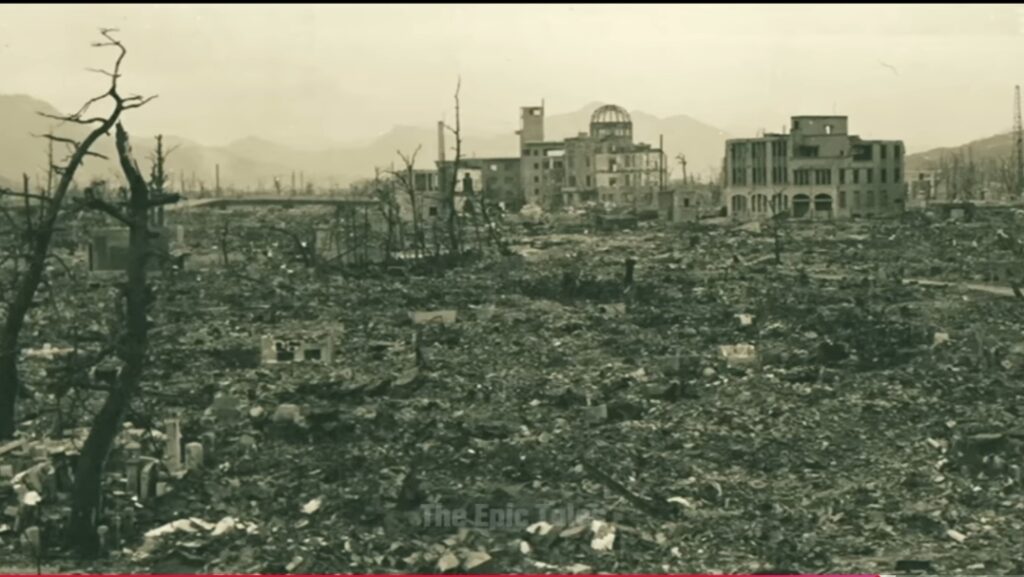
The atomic bombs unleashed destruction on an unprecedented scale. Hiroshima’s cityscape was reduced to rubble and ash, with fires consuming what little remained. Nagasaki, though partially shielded by its hilly terrain, suffered a similar fate. Unlike conventional weapons, nuclear bombs obliterated entire communities without distinction between combatants and civilians, infrastructure and nature. The environmental toll was equally severe: radiation contaminated soil, water, and air, rendering parts of both cities uninhabitable for years and disrupting ecosystems and agriculture.
The Human Cost and Hibakusha Resilience

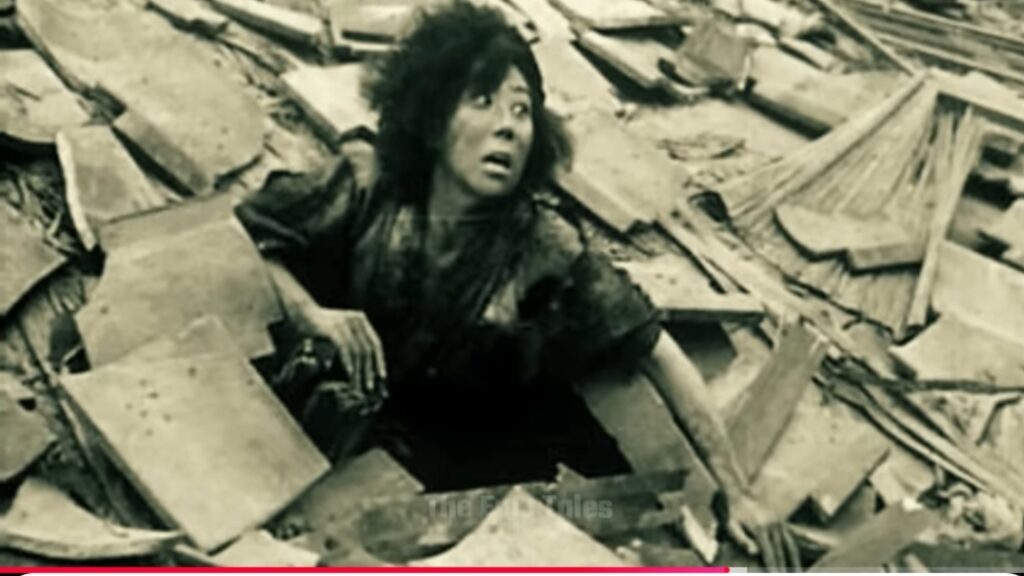
The human toll extended far beyond immediate casualties. Survivors faced acute injuries, severe burns, and radiation sickness, with many later developing cancers such as leukaemia, breast, and thyroid cancer. Studies in the decades following 1945 revealed genetic mutations in children born to exposed parents, raising ethical questions about the intergenerational consequences of nuclear warfare.
The hibakusha have transformed their suffering into advocacy. Setsuko Thurlow, who was 13 during the Hiroshima bombing, survived amidst chaos and has since dedicated her life to nuclear disarmament. Her story, like those of countless others, humanizes the abstract horror of nuclear weapons, serving as a moral imperative to prevent future tragedies. These narratives are not just historical accounts but urgent reminders of the stakes in today’s nuclear landscape.
Long-Term Health and Environmental Impacts
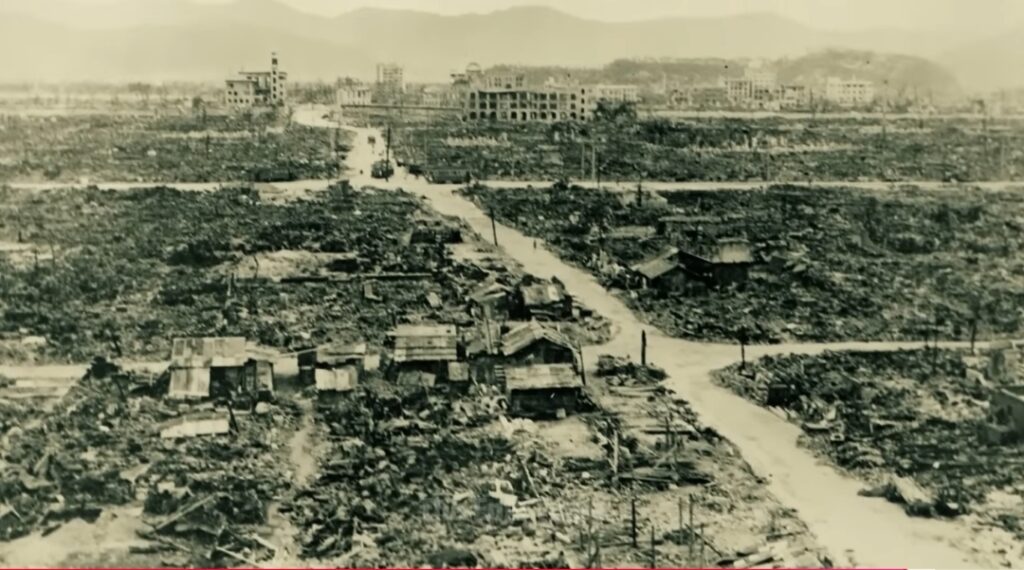
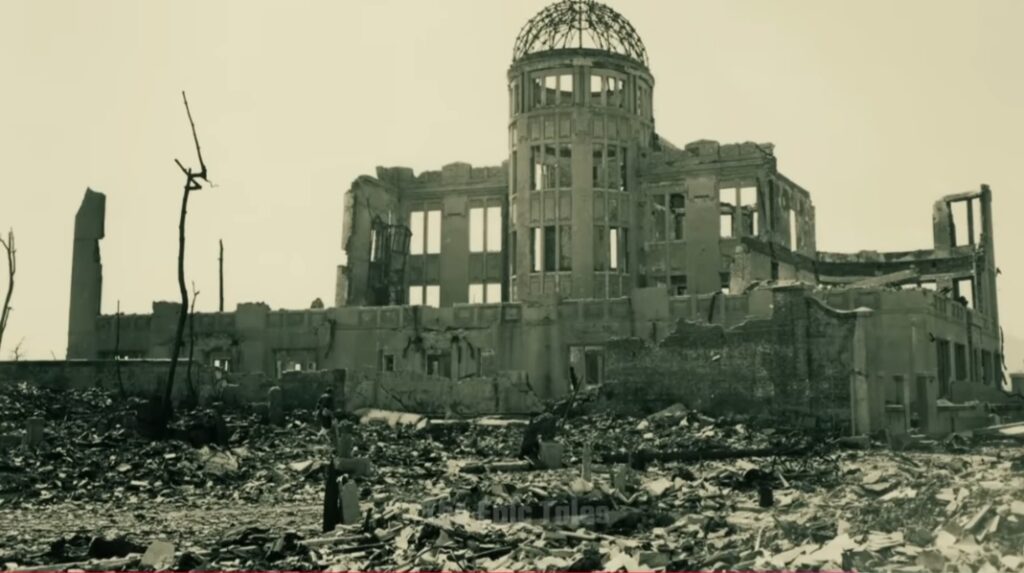
The insidious nature of radiation set nuclear weapons apart from conventional arms. Survivors faced chronic illnesses, with health effects persisting across generations. Contaminated ecosystems disrupted livelihoods, and the psychological toll on communities lingered for decades. The bombings introduced the world to the unique and catastrophic nature of nuclear warfare, underscoring the need for stringent controls and, ideally, complete elimination of such weapons.
The Global Context in 2025: A New Nuclear Age?
Rising Tensions and Proliferation
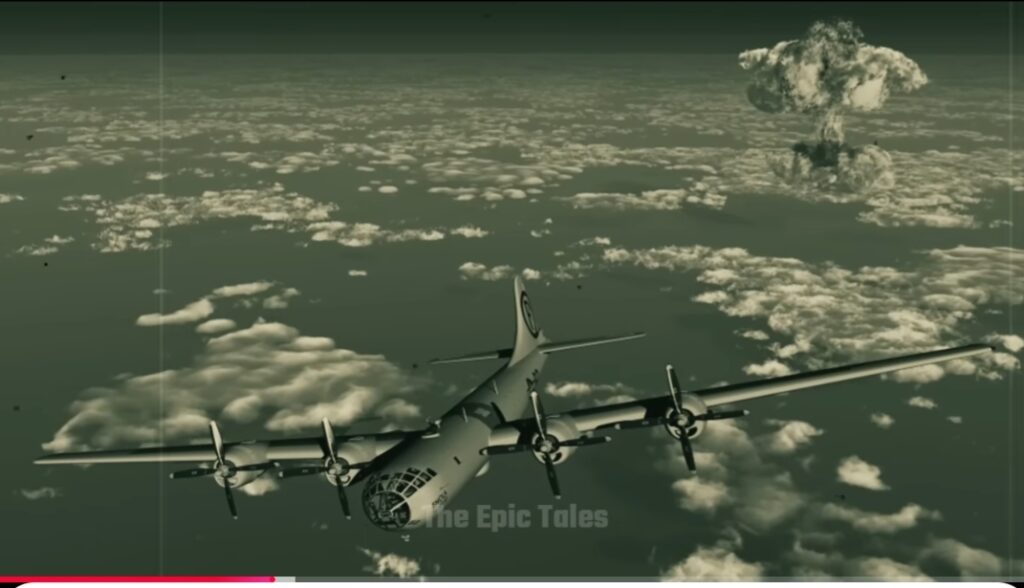
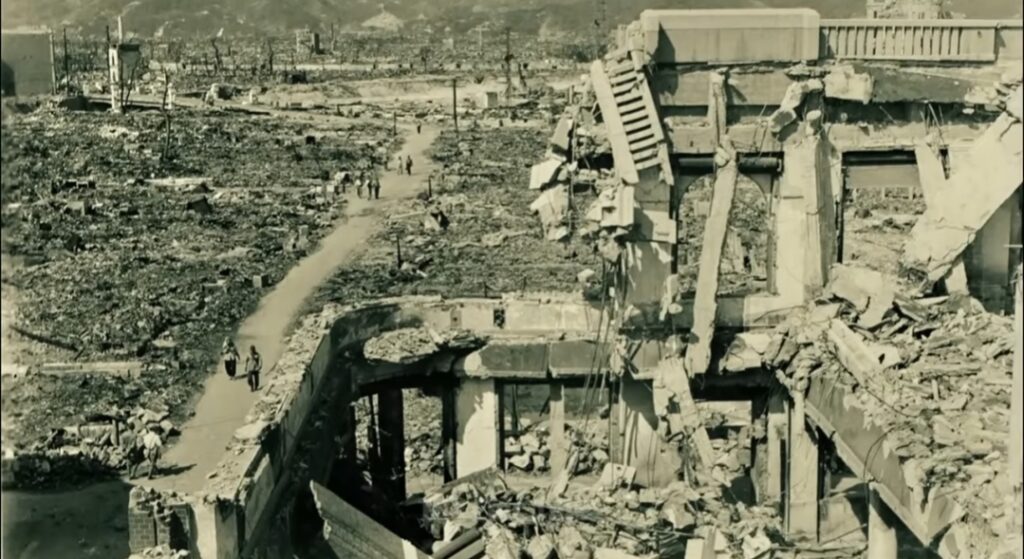
Eighty years after Hiroshima and Nagasaki, the world stands at a precarious crossroads. Global nuclear stockpiles exceed 12,000 warheads, held by nine nations, including the United States, Russia, and China. While overall inventories have declined slowly, the pace of disarmament has stalled, and active stockpiles—ready for immediate use—are increasing. The Bulletin of the Atomic Scientists’ Doomsday Clock, a symbol of humanity’s proximity to catastrophe, hovers perilously close to midnight in 2025, driven by nuclear tensions and technological disruptions.
Recent events have heightened fears of escalation. In August 2025, U.S. President Donald Trump ordered two nuclear submarines repositioned near Russian territory, a response to provocative statements by former Russian president Dmitry Medvedev. Critics argue this move, while symbolic, risks undermining strategic stability. Meanwhile, the Middle East remains a flashpoint, with Iran’s uranium enrichment reaching 60%—enough for multiple bombs—prompting U.S. military action in June 2025. Operation Midnight Hammer saw U.S. forces strike Iran’s nuclear facilities, followed by Iranian retaliation against U.S. bases in Qatar, bringing the region to the brink of broader conflict before a fragile ceasefire.
The Fragility of Diplomacy
The absence of robust arms control frameworks exacerbates these risks. Early efforts, like the 1946 Baruch Plan for international atomic energy control, faltered amid Cold War mistrust. Today, arms control institutions are weakening, and state rivalries are intensifying, as noted in the 2025 SIPRI Yearbook. Misinformation, particularly in conflicts involving nuclear-armed states like India and Pakistan, further heightens the risk of accidental escalation, according to a recent Nature analysis.
Lessons from Hiroshima and Nagasaki
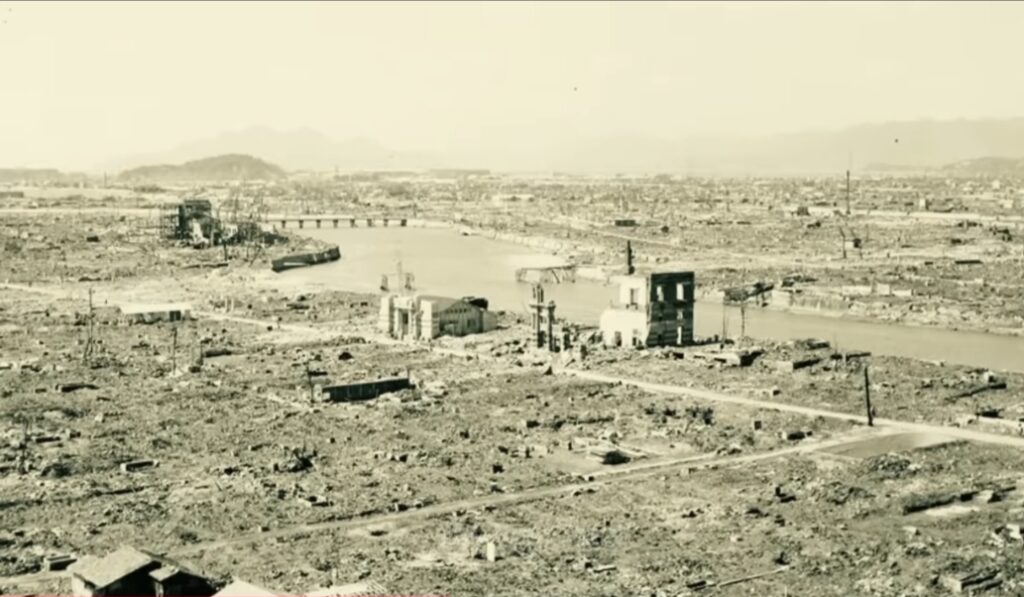

Nuclear Weapons as a Unique Threat
The bombings solidified the understanding that nuclear weapons are fundamentally different from conventional arms. Their capacity for instantaneous, widespread destruction and long-term harm demands special status in global security discussions. The hibakusha’s advocacy, coupled with scientific evidence of radiation’s effects, has driven home the need for stringent controls and, ultimately, elimination.
The Imperative of Disarmament
Hiroshima and Nagasaki galvanized early calls for a nuclear-free world, yet progress remains slow. Organizations like the International Committee of the Red Cross and the Japan Council Against Atomic and Hydrogen Bombs advocate for a global ban, citing the weapons’ incompatibility with humanitarian principles. Grassroots movements, inspired by the hibakusha, are gaining traction, with memorials like Hiroshima’s Peace Park fostering a culture of peace.
The Power of Dialogue
The failure of diplomacy in the lead-up to World War II contributed to the conditions that culminated in the bombings. Today, as superpower rivalries and regional conflicts intensify, diplomatic channels are critical to preventing miscalculation. Initiatives like the United Nations’ peace education resolutions and Iran’s proposal for a nuclear-weapons-free Middle East demonstrate the potential of multilateral forums, provided they are backed by goodwill and oversight.
A Path Forward in 2025
Reviving Arms Control
The world urgently needs renewed commitment to arms control. Treaties, transparency, inspections, and verifiable reductions are essential to restrain proliferation and maintain stability. U.S. leadership, paired with diplomacy involving Russia, China, and Iran, could pave the way for progress. Recent European nuclear talks and U.S.–Iran negotiations mediated by Oman and Rome, though disrupted by military escalation, highlight the potential for dialogue.
Honouring Survivors and Educating Future Generations
The hibakusha serve as witnesses to history and moral educators. Global initiatives inspired by Hiroshima and Nagasaki’s memorials remain vital for shaping public consciousness and promoting nonviolent conflict resolution. Educational programs, such as those supported by the United Nations, draw on these lessons to foster a culture of peace.
Confronting Emerging Risks
Beyond state rivalries, emerging risks like misinformation and technological disruptions complicate the nuclear landscape. False or manipulated media can escalate tensions, particularly in volatile regions. Investing in robust communication channels and international oversight is critical to mitigating these dangers.
A Call to Action
As we commemorate the 80th anniversary of Hiroshima and Nagasaki, the world stands at a critical juncture. The bombings’ scars—human, environmental, and moral—serve as both a warning and a call to action. The indiscriminate destruction, long-term suffering, and human cost of nuclear weapons demand a renewed commitment to disarmament, diplomacy, and peace education. In an era of rising nuclear risks, the hibakusha’s stories and the lessons of 1945 must guide us toward a future free from the shadow of nuclear annihilation. Only through collective resolve and unwavering dedication to dialogue can we ensure that such devastation is never repeated.
Mahatma Gandhi was shocked when he learnt about the macabre dance of death and destruction triggered by ‘Little Boy’, the atom bomb. He believed that the development of nuclear weapons and their use “for the wholesale destruction of men, women, and children” was “the most diabolical use of science
Hasnain Naqvi is a former member of the history faculty at St. Xavier’s College, Mumbai.


